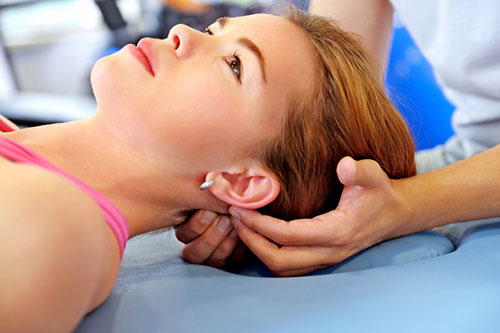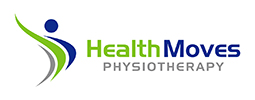
Here Mawson Lakes Physiotherapy’s Paul Ngo shares a few thoughts on neck pain and how it can contribute to headaches.
With February officially behind us, the festive holiday season seems like a distant past, as most of us finally settle back into normal routine with work and school. With this, comes the usual physical ailments and complaints associated with prolonged sitting and electronic device usage. One of the most common complaints from people in this situation is of neck pain, which is often accompanied by tension related headaches.
Neck Related Headaches
From the majority of cases I see in the Mawson Lakes Clinic, the most common cause of neck pain is poor posture, especially when accompanied by long periods static positioning. This leads to the tightening of the musculature around the neck and in the shoulders, often resulting in stiffness and abnormal alignment in the Cervical spine. This Cervical spine dysfunction can be a cause for your neck pain, headaches, and it can also severely restrict your neck movements. However, the good news is that it doesn’t always indicate or is associated with more serious underlying pathologies. Chronic tightening of the muscles will result in muscle imbalances, and will often lead to the formation of trigger points (hypersensitive and painful points along your musculature) which can be another referral source for headaches.
Physiotherapy
Treatment is often very simple, it involves addressing the tension and stiffness in both the muscles and the Cervical spine itself, to reduce active trigger points and improve spinal movements and alignment.
Effective physiotherapy treatment modalities include:
– soft tissue massage and spinal mobilisations techniques
– dry needling
– an accompanying home exercise regime to help improve your posture and therefore spinal alignment, and to fix muscle imbalances for long term prevention
With proper and early intervention, you should notice the improvements within the week. This is a much more natural and effective form of management compared to being purely reliant on pain killers.
For now, as we all continue to busily go about our daily routine, I would recommend that everyone spend some time reassessing their own posture, work environment and habits; as an ounce of prevention is worth a pound of cure.
Paul Ngo
B. Physiotherapy

